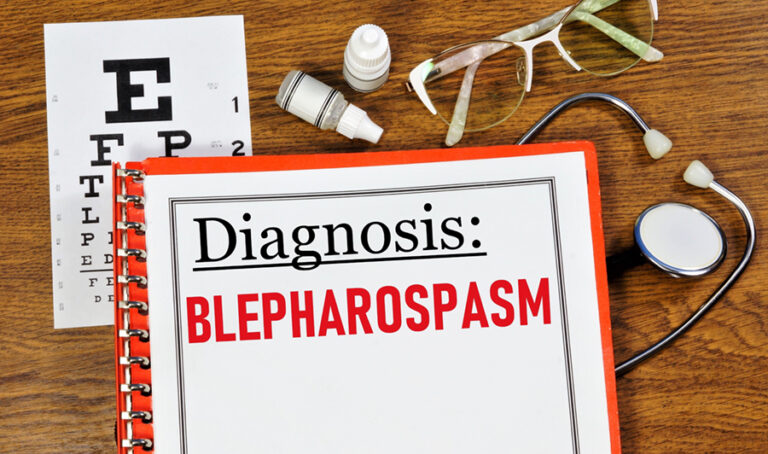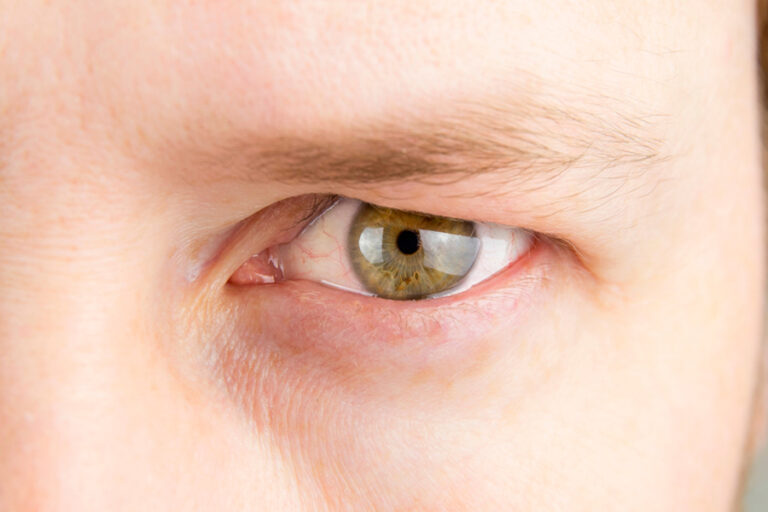Blepharospasm Support Group
Blepharospasm is a neurological condition that causes abnormal contraction of the eyelid muscles, abnormal blinking or eyelid tic or twitch. Patients with this condition generally seek Botox treatment to reduce the symptoms. Therefore, a support group in Fairfield County has been created to help these individuals. This blepharospasm support group is being sponsored by Merz…
Read MoreWhen is my Eyelid Surgery Covered by Insurance?
The office evaluation and surgical treatment of many different eyelid conditions is covered by insurance if the eyelid condition is causing secondary ocular problems (a scratched cornea from a droopy lower eyelid) or is having a significant impact on the vision. For example, a droopy upper eyelid that covers half of the pupil and causes…
Read More

